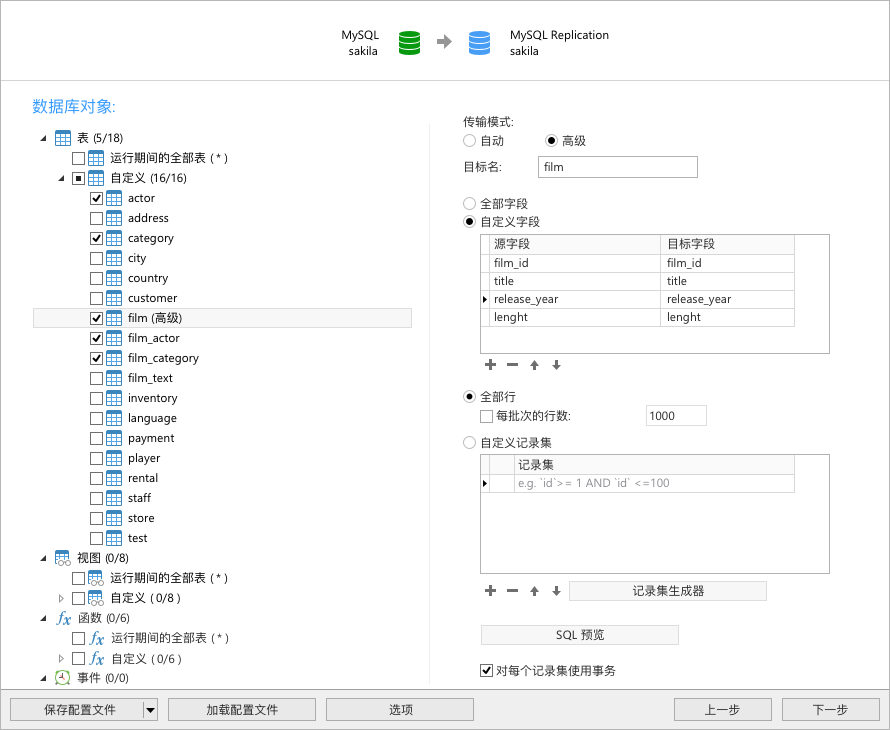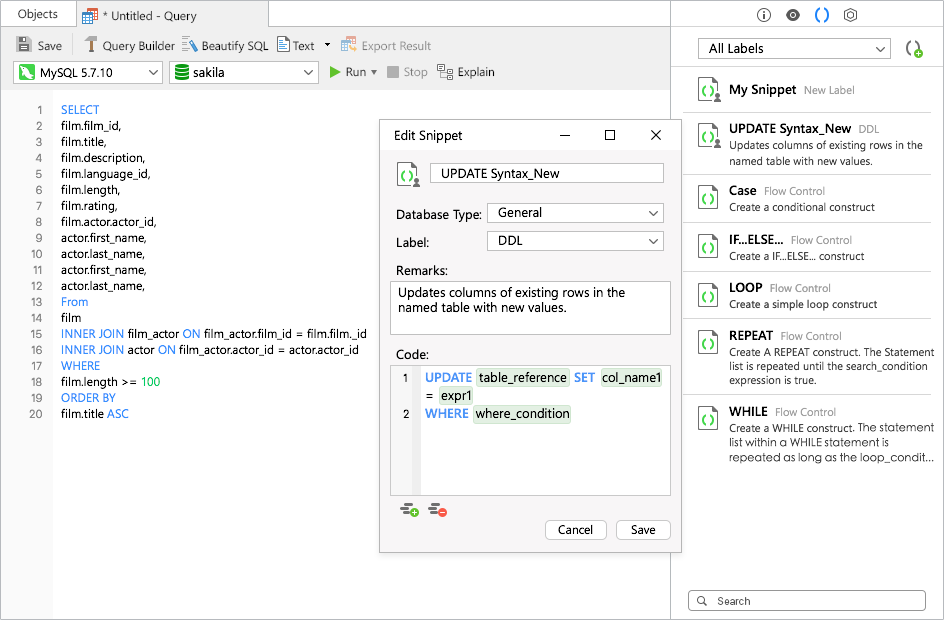
Use the -p option, as mentioned above, and then you’ll be prompted to enter the password. Try one, and if it doesn’t work, try another one.Īlso a tip for logging in: don’t enter your password in the command line itself, because this will be stored in your command history. There are a few solutions to this, which I’ve detailed below. You might also see this if you log in to MySQL using an IDE such as MySQL Workbench.

You’ll see this if you log into MySQL using the command line: mysql -u root -p You might also get the error with “using password no”: Access denied for user (using password: NO) You might get an error code in front of it: ERROR 1045 (28000): Access denied for user (using password: YES) Please accept as answer and upvote if the above information is helpful for the benefit of the community.When you try to connect to a MySQL database on your own computer (called “localhost”), you may get this error: Access denied for user (using password: YES) You can go to the next section on how to configure the firewall.įor more information about using SQL Server 2017 Linux virtual machines, see Overview of SQL Server 2017 virtual machines on Azure. Note: If you selected the inbound port MS SQL (1433) in the settings during provisioning, these changes have been already made for you. The rule allows traffic on the port on which SQL Server listens (default of 1433). The above image is referenced for managed SQL DB though, assuming it will be same for the SQL server instance on azure VM.įirstly, if you need to remotely connect to SQL Server on the Azure VM, you must configure an inbound rule on the network security group. As per this article, I see Navicat console, kind of establishes a connection with SQL instance somewhat similar to SQL management studio.



I see Navicat is a Graphical database management and development software and you intend to allow remote access to the SQL instance on azure Vm to facilitate administrative tasks. Thank you for reaching out to the Microsoft Q&A platform.


 0 kommentar(er)
0 kommentar(er)
